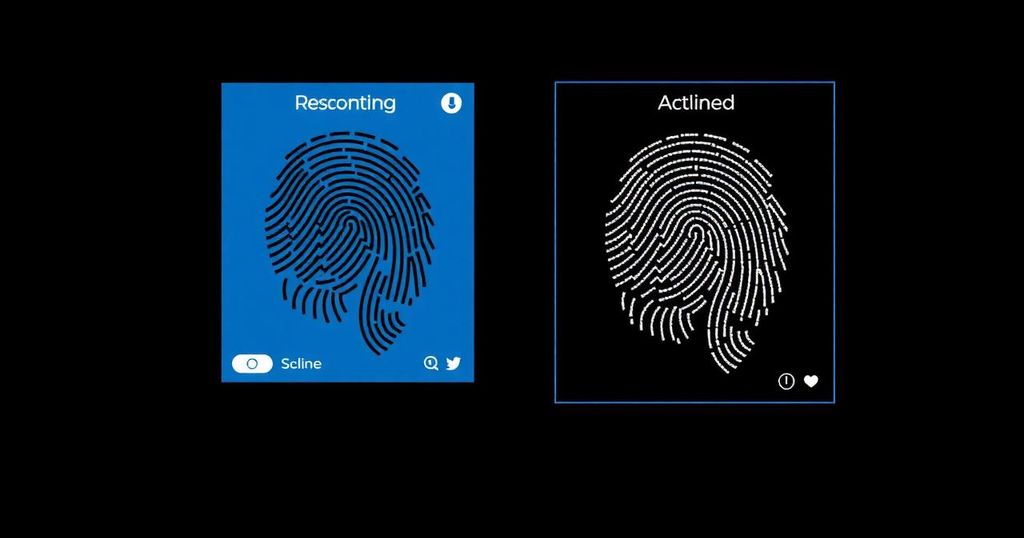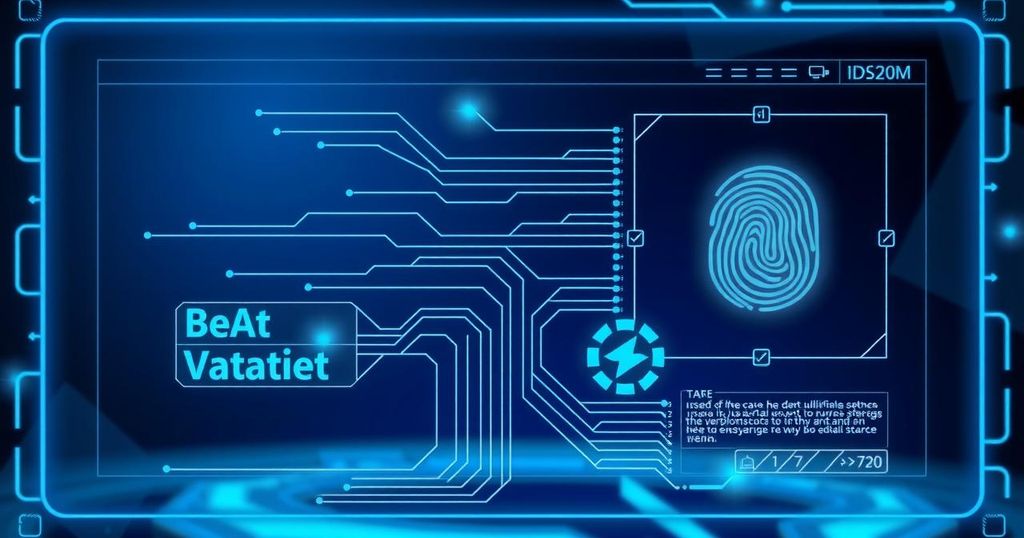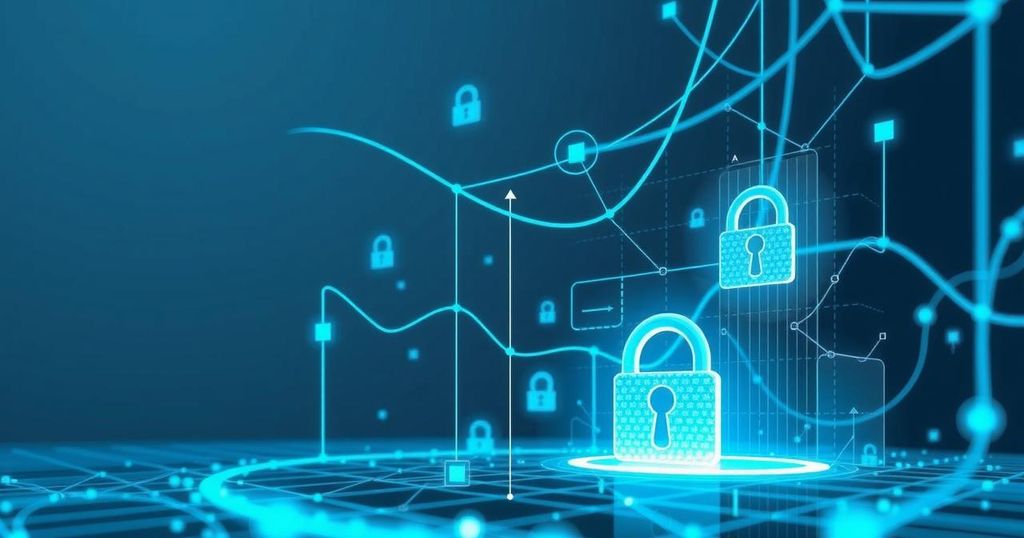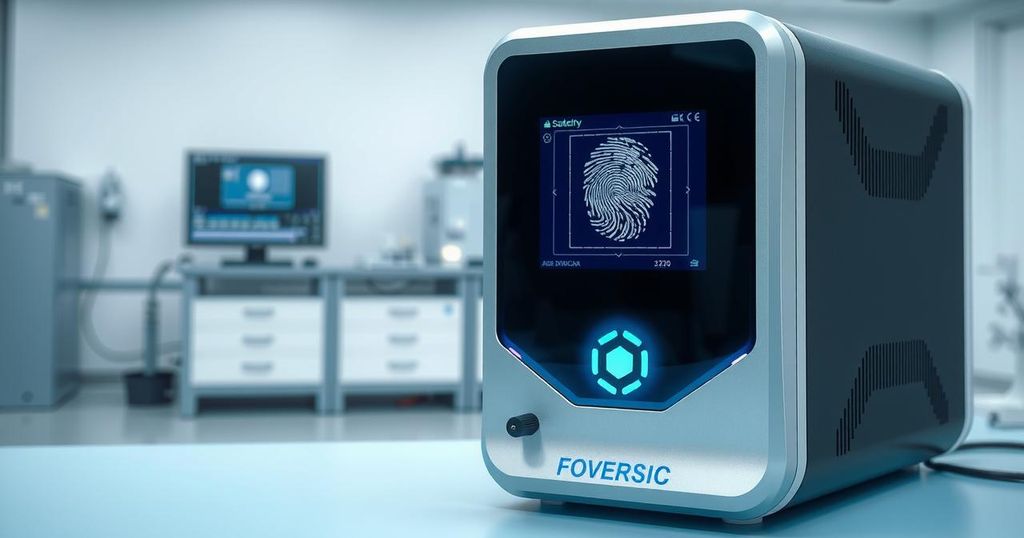Summary
Macalester College has introduced a biometric scanning system for accessing Cafe Mac, allowing students to enter by waving their hands, eliminating the need for ID cards. This development is part of an $8 million renovation of the campus center. While some students embrace the convenience, others express concerns about privacy and college expenditures, prompting discussions about the ethics of biometric technology.
On August 19, Macalester College announced the integration of a biometric scanning system for access to Cafe Mac, aimed at enhancing the security and convenience of student dining experiences. This innovative feature is one of the key components of an extensive $8 million renovation of the Ruth Stricker Dayton Campus Center that took place during the summer. The new biometric system enables registered students to enter the cafeteria by simply waving their hands near turnstiles without the need to present ID cards. The biometric scanners, designed by IDEMIA, utilize advanced technology to capture handprints, which are then converted into a unique binary template. This process begins with the scanner taking multiple images of a student’s fingers. It analyzes these images for distinct features, discards the original images, and retains only the unique patterns in a coded format. The template is then securely transmitted to a remote server via TLS 1.2 encryption for storage, ensuring protection against unauthorized access. As students use the system, a match is sought between their hand patterns and the stored templates to grant them access. While the system has been well received by some, particularly first-year students who were prompted to register during their orientation process, concerns have emerged regarding privacy, college spending, and the ethical implications of biometric data collection. Notably, Macalester does not mandate participation in this system; students can still access Cafe Mac through traditional ID cards if they prefer. Currently, student reactions vary, with some expressing skepticism over the necessity of such technology. Comments from the student body reflect a mix of acceptance and hesitation towards the increased reliance on biometric systems. For instance, Adisa Preston ’25 expressed, “[There are] so many better ways that Macalester can be spending their money,” emphasizing the need for alternative expenditures. Others, like Sol Landman-Feldman ’26, acknowledged the comfort of the system but felt uneasy about sharing biometric data, stating, “the idea of giving my handprint to Macalester felt ‘a little bit weird.’” Students have also reported functionality issues with the scanners, leading to mixed dining experiences. Jenn Haas, Vice President of ITS, highlighted the college’s strategic goal to digitize student experiences, encouraging students to be informed about the technologies they choose to adopt and reinforcing that card access remains available for those hesitant to use biometric methods.
The implementation of biometric technology in college settings has become increasingly prevalent as institutions seek to enhance security and streamline access to facilities. This move comes amidst a growing inclination towards digital solutions that prioritize efficiency while also raising concerns related to privacy and ethical standards surrounding data collection. The recent modifications at Macalester College, particularly with the Cafe Mac biometric system, exemplify both the benefits and apprehensions associated with such advancements, reflecting broader societal trends toward technological integration in communal spaces.
In summary, Macalester College’s adoption of a biometric scanning system for dining services aligns with contemporary technological trends while also igniting a dialogue about privacy and institutional spending. Although the system offers convenience and modernity, resonance within the student population remains mixed, informing future decisions about technological implementations. The presence of alternative entry methods suggests a commitment to student choice amid these advancements, paving the way for ongoing discussions around technology use in educational environments.
Original Source: themacweekly.com






